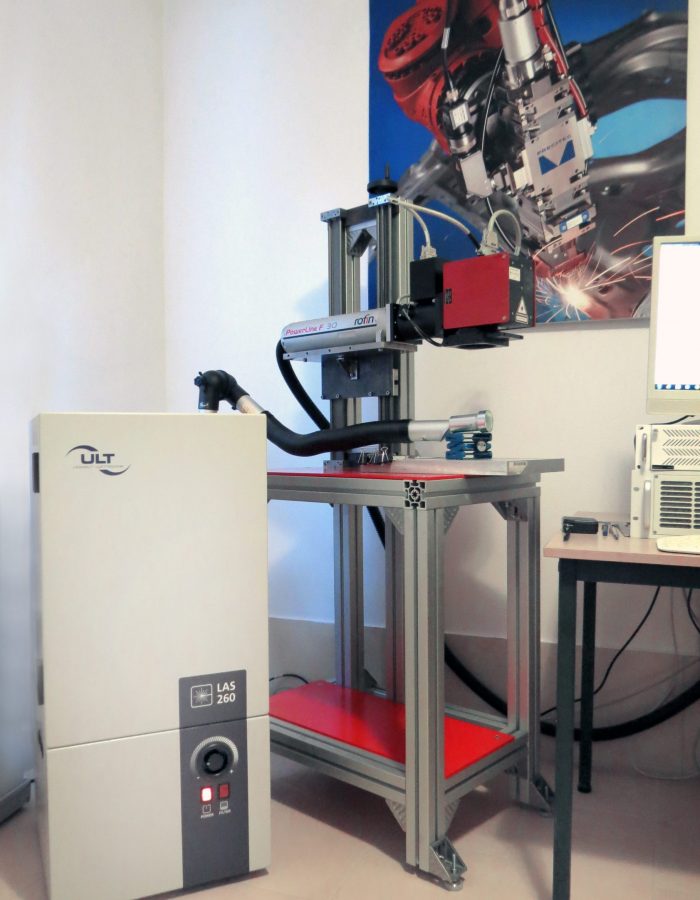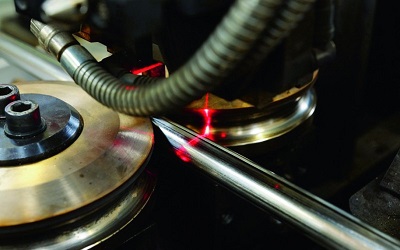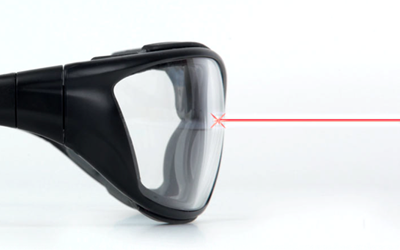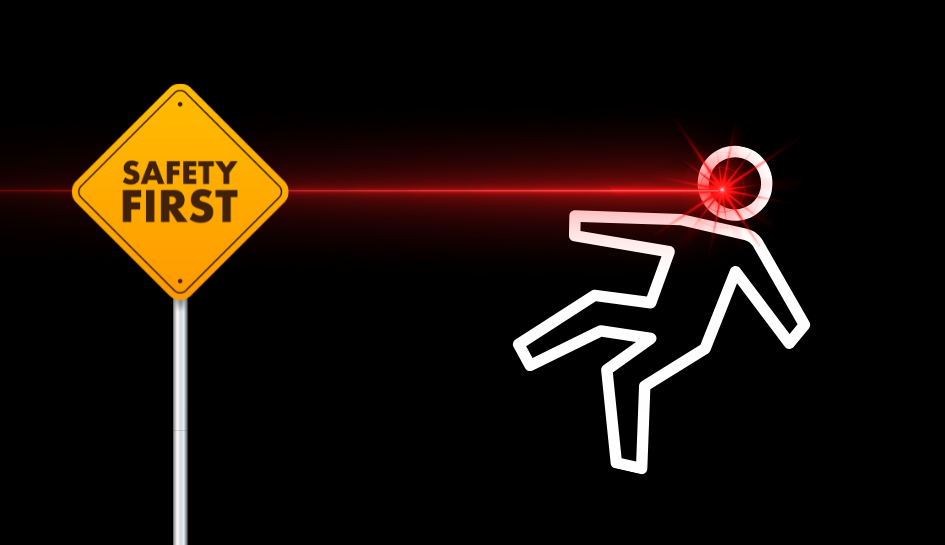
Direct Hazards of Laser Radiation.
1. Eye Damage:
2. Skin Damage:
Indirect Hazards of Laser Radiation.
1. Fire:
2. Chemical Actions:
Technical Protection Against Laser Threats.
1. Laser site security:
Lasers should be enclosed in suitable enclosures that prevent radiation from escaping. An alternative solution would be to install protective curtains around laser workstations. Guidelines for the selection of protective screens at workstations are specified in EN 12254.
2. Eye Protection:
Use of specialized safety glasses that meet the requirements of European standards EN 207 or EN 208, adapted to the wavelength of the laser used. An alternative solution for laser welding will be visors with a self-darkening filter for the welding area. An additional advantage will be a skin shield on the face, which is also exposed to scattered radiation.
3. Alarm Systems and Warning Lights:

Laser radiation - Health and safety rules
1. Employee Training:
All employees should receive regular safety training on working with lasers.
2. Safety Procedures
- Creating and following detailed instructions for the safe operation of lasers.
- Regular technical inspections of laser equipment to make sure it is working properly and safe to use.
3. Personal Protective Equipment:
Depending on the class of laser in use, the use of appropriate protective clothing to prevent accidental contact with radiation, as well as protective goggles.
4. Labeling of Work Areas:
- Label all areas where lasers are used with appropriate warning signs.
- Restrict access to laser work areas to trained personnel only.



Laser radiation, despite its broad applications, carries a number of risks, both direct and indirect. Proper technical safeguards and adherence to health and safety rules are key to ensuring safety in areas where lasers are used. Regular training, appropriate personal protective equipment and alarm systems are just some of the elements that help minimize the risks associated with working with laser radiation.
We welcome you to contact us if you would like to learn more about how to create a safe workplace.



